
u-he are makers of award-winning software synthesisers and effects including Diva, Repro-1, Zebra2, Hive, Bazille, Presswerk and Satin.
Visit U-he

u-he are makers of award-winning software synthesisers and effects including Diva, Repro-1, Zebra2, Hive, Bazille, Presswerk and Satin.
Visit U-heIn this Synth Secrets, we’ll be taking a look at some 808 sound design using Sublab from Future Audio Workshop. 808s are popular right across the board in electronic music, and Sublab is more than equipped at providing all manner of speaker shaking bass from classic and conventional tackle right through to modern and more experimental approaches.
Before we begin, a word about SubLab. Created by the clever folk at Future Audio Workshop, Sublab is an 808 synth designed for hip-hop, future bass and trap genres.
SubLab is designed to be simple but does come with X-Sub™, a psychoacoustic sub-bass oscillator. This oscillator works as a sub-bass maximizer to achieve consistent, accurate and deep subs on any speaker system. With over 250 kick samples to choose from, or drop your own (and it reads the key) there’s plenty to choose from.
In this example, we’re going to sound design three examples and show you how to synthesise them. We’ll also show you how they fit in the context of a garage tune.
As ever, click on any image to enlarge.
If you want to follow along, here is the MIDI notes. You can program this into any DAW and if you have Sublab, you’re good to go.
Here’s the MIDI we’ve used for the bass :
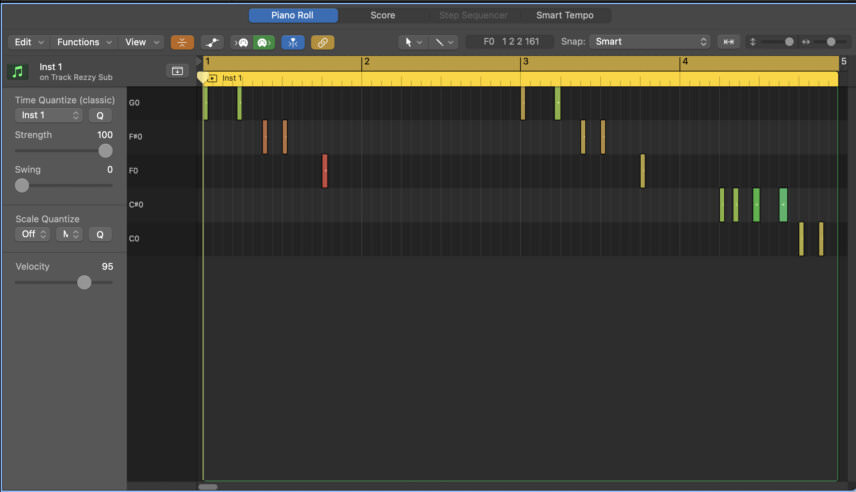
Kicking off with a ‘New Sound’ we navigate straight to the Vol envelope to back off the attack to 38ms, to soften the transient a touch.
In the section below we call up the triangle wave for a more garage-like tone. And already we have a very useable 808.

Next up we’ll engage the filter to control the frequencies a little more.
The Green modulation amount box found underneath the filter graphic controls the amount of the oscillator signal that is filtered. We roll this all the way up to 100%.
Then take the cutoff down to 185Hz and sweep up the resonance to 68%. Head back to the envelope section, this time accessing the filter envelope and set both the decay and release to 1.8s. In doing so, we are shaping the tonal content of our bass sound.
Turn off the pitch envelope simply by reducing the amount control to 0%.
Now to get stuck into Sublab’s incredible sounding distortion effect.
Turn it on and take the synth mix amount up to 100%. It’s definitely worth experimenting with all manner of settings here to find something that suits your taste. The different distortion algorithms provide four very different flavours. We’re using dark drive for now.
Next, reduce the hi-cut to 895 Hz, set the fatness to 0.86, drive to 2.160 and gain to -5.9b.
For a final touch on this first 808 sound, head over to the master section, find the triangle found to the left of the master level slider, and bring this down to -16.1. This Maximises the bass, and brings a huge amount of ‘fatness’ to proceedings. Nice.

Here’s the final sound:
Here it is in the context of our garage tune:
With our first 808 sound boxed, let’s now opt for something moodier.
Starting off with the volume envelope, we back off the attack a touch further to 53 ms and pull down the release to 872 ms. Down on the filter section, we effectively turn off the filter by bringing down the amount control to 0%.
Then on the distortion, take the drive all the way up to 10.000, roll up the gain to 0.0 dB and sweep down the hi-cut to 86 Hz. This provides a cool, smooth bass sound focused very much on the lower frequencies without too much mid or high-frequency content.
The high Maximiser we set in the previous step is causing too much distortion now, so we dial this up to -3.9 and our second sound is finished!
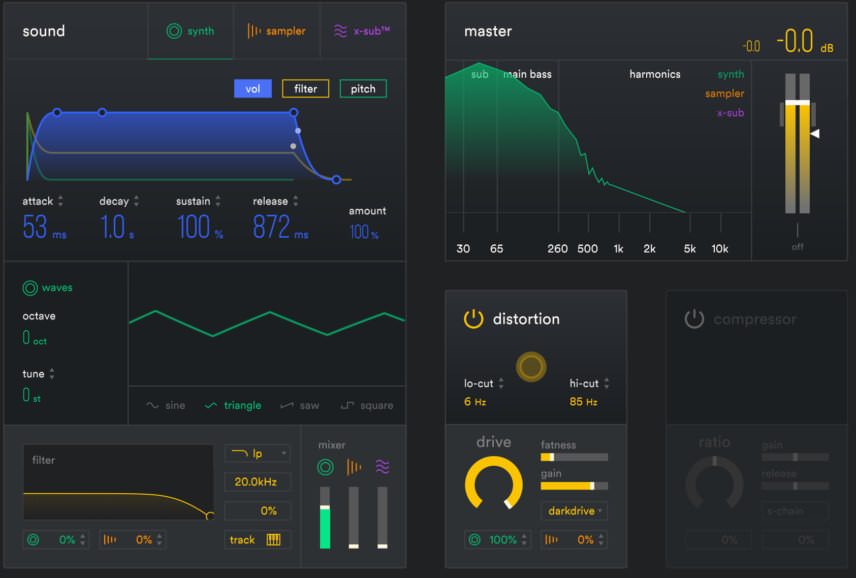
Final audio:
Here it is in the context of our garage tune:
Let’s now check out some of the other features on Sublab. For our third sound, we’ll go for something much more aggressive and punchier.
We begin by changing the volume envelope, setting the attack to 1.0 ms, sustain to 0% and release to 1.9 s. Whilst on the filter envelope we pull down the decay to 878 ms whilst boosting the release to 2.9 s.
Head over to the pitch envelope, and increase the amount to 21% whilst dialling down the decay to 18 ms. Lastly, change the waveform to a square wave, providing a little more mid-range.
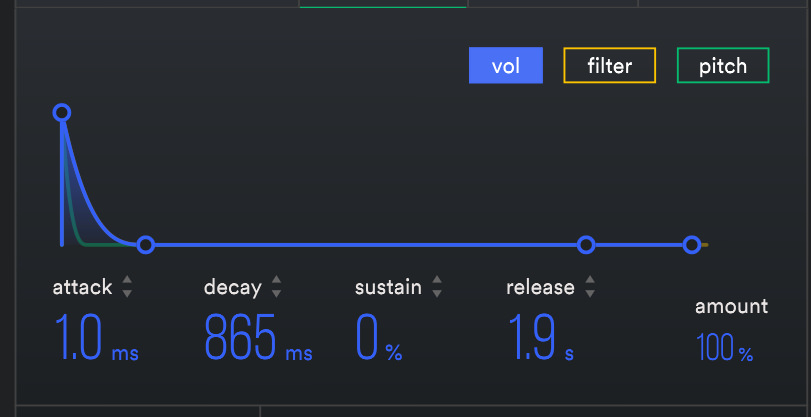

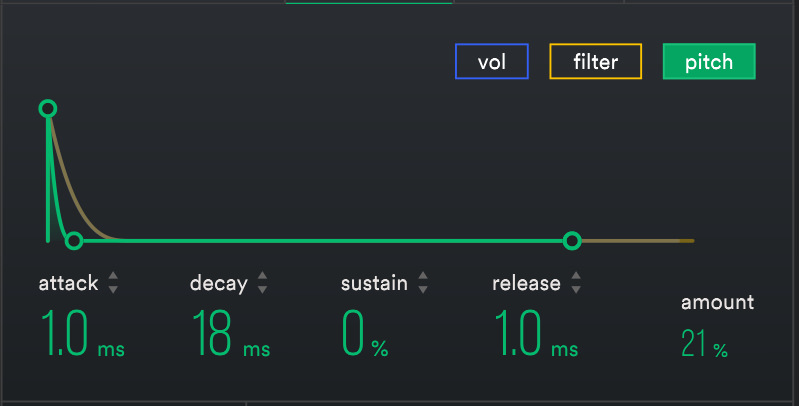
For some added ‘punch’ we’ll now drop in a sample into the sampler section.
Using the ‘BD 9×9 Color 03’ bass drum sound from the Samples From Mars ‘909 From Mars’ Sample pack. Sublab will intelligently set the root note for the sampler, whilst applying a little lo-cut here of 241 Hz leaves more space for our main bass.
Down on the mixer section, blend the sample into our sound by setting this to -3.7 dB, and whilst we’re there we roll up the x-sub level to -3.2 dB for some boosted sub frequencies.
Note: You can use any bass drum sound. Experiment!

Head to the filter, and push filter sweeping to 100%. Set the frequency to 125Hz and resonance to 22%. Moving swiftly onto the distortion, this time selecting the tube mode, roll down the hi-cut to 1.38 Hz, dial down the drive to 7.0500, set the heat to 3.32 and gain to -4.7 dB.
To help gel the sample further, increase the distortion mix amount to 100% too, so both sample and synth receive the same amount of distortion.
Finally, turn off the Maximiser, sweeping this back up to 0.0, seeing as there’s already plenty of aggression present in the sound.
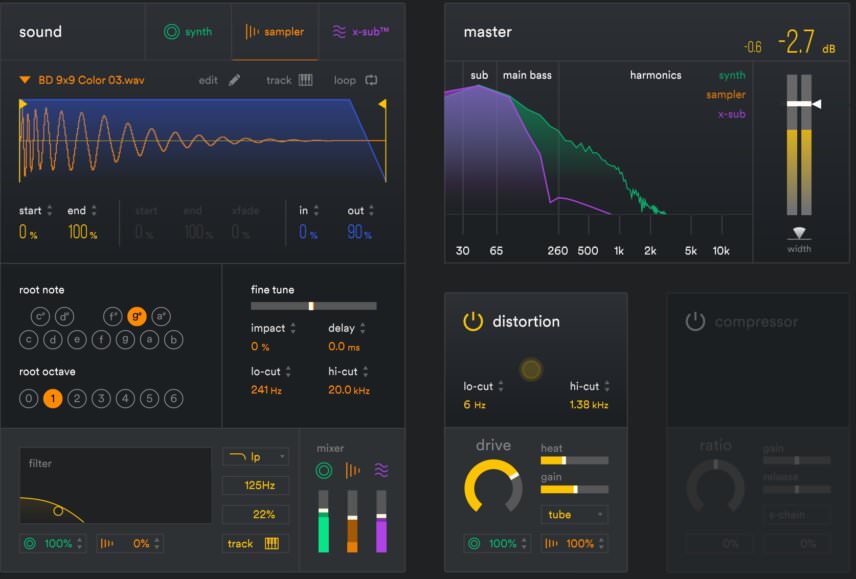
Here is the final audio:
Here it is in the context of our garage tune:
16th May, 2022

u-he are makers of award-winning software synthesisers and effects including Diva, Repro-1, Zebra2, Hive, Bazille, Presswerk and Satin.
Download the demos and try them for yourself at www.u-he.com